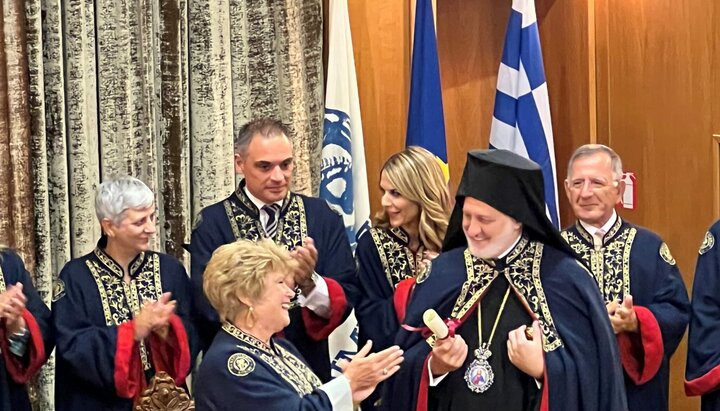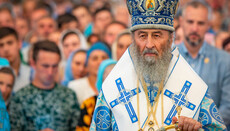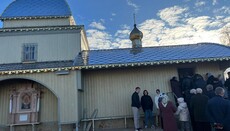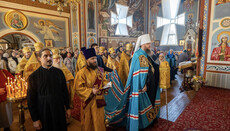Phanar hierarch: Moscow should align itself with Ecumenical Patriarchate

Archbishop Elpidophoros called on the Russian Orthodox Church to “abandon fantasies” and align itself with the Phanar and other Local Churches.
Archbishop Elpidophoros of America called on the Russian Orthodox Church to follow the example of the Patriarchate of Constantinople, which has a "strategy to deal with the crises and various problems that concern society and Orthodoxy.” The Phanar hierarch stated this during the ceremony of his appointment as an honorary doctor of the Department of Business Administration of the Aegean University, reports orthodoxtimes.
Archbishop Elpidophoros is convinced that the reason for such a “great success” of the Patriarchate of Constantinople is its primate, who “still today leads the ark of this Orthodoxy to calm ports, overcoming crises and storms in modern history, managing world Orthodoxy with wisdom.”
The head of the American Archdiocese of the Phanar said that Patriarch Bartholomew tried to resolve the issue with the Church of Ukraine “in cooperation with the Moscow Patriarchate,” but the Russian Orthodox Church, according to him, interrupted all efforts to resolve it.
The hierarch of the Patriarchate of Constantinople noted that since the ROC did not attend the Cretan Council, the Phanar took the initiative to resolve the Ukrainian issue, a solution followed by the Churches of Greece, Cyprus and the Patriarchate of Alexandria. He also added that the Sisters of the Orthodox Churches "did not follow Moscow’s absurdity and commemorate the Patriarch of Moscow, while the Moscow Patriarchate is isolated."
The ROC should “abandon fantasies” and “respect and align itself” with the Phanar and the other Local Churches, “because synodality plays a pivotal role in crisis management,” he stressed.
“Synodality is the identity of the Church and all ecclesiastical life is structured synodically,” upheld the Phanar hierarch.
Earlier, the UOJ reported that Archbishop Elpidophoros baptized the children of an LGBT couple in one of the temples of the Greek Church.





